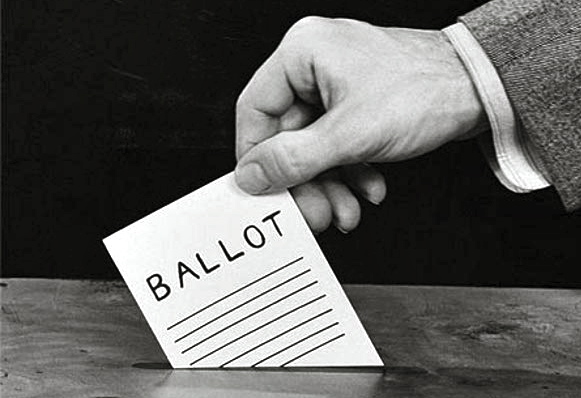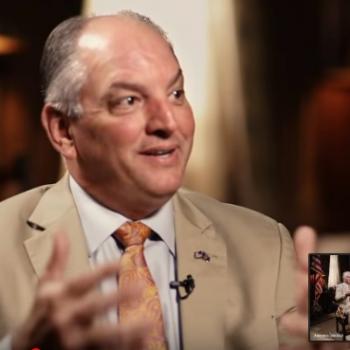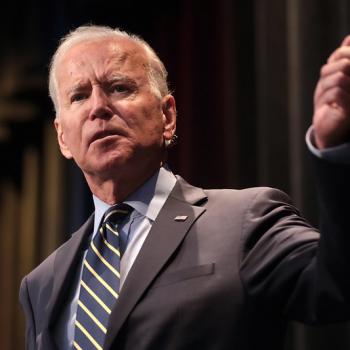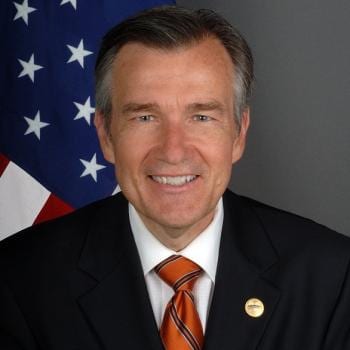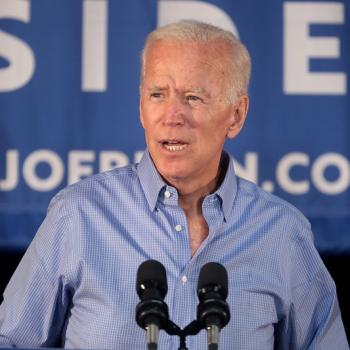Author Stephen S. Schneck, from Catholic University, argues that there are actually several different kinds of Catholic voters:
While there is not an obvious Catholic vote on the macro scale, there are three discreet “Catholic votes” that really matter in American elections.
The first of these is Latino Catholics. Over the last three decades, Latino immigration has washed over the church in America like a flood. From insignificant numbers 40 years ago, Latinos now constitute one-third of all American Catholics.
In the not-too-distant future, the majority of American Catholics will probably be Latinos.
Unlike the Italians, Poles, Irish and similar white ethnics, Latino Catholics have retained their distinctive identity as Catholics. Their voting behavior reflects that.
This is particularly true when considered from the perspective of the famous social teachings of the church, which emphasize social and familial solidarity, the common good, preference for the poor, tradition, and welcoming of the immigrant.
Latino American Catholics (excluding Cubans) strongly associated with the Democratic Party in 2008, with 67% of Latino Catholic voters supporting Obama. But the bloc includes swing voters, and turnout can be volatile. This vote can be critical in swing states like Colorado, Florida and New Mexico, and perhaps soon in states like Arizona and Texas.
A little deeper in the weeds are two other important groups of white Catholic voters, who might be called “intentional Catholics” and “cultural Catholics.”
An important social phenomenon for understanding intentional Catholics is what’s sometimes referred to as distillation. A study by the Pew Forum on Religion and Public Life last year found that one-third of those raised Catholic have left the church. Fully 10% of the American electorate is formerly Catholic.
Because of assimilation, the glue of tradition and culture that previously inclined many to adhere to the church has lost its stickiness. Leaving is easy, whether by decision or atrophy, and little shame results.
Such disaffiliation happens for liberal reasons, conservative reasons, personal reasons and no reason at all. Some who leave still feel lingering allegiance to things Catholic, but many do not, and former Catholics do not have a distinctive political identity.
But as a result of disaffiliation, many Catholics who remain with the church are “distilled.” More and more of those who remain are those who actively choose to embrace the church and its teachings. These “intentional Catholics” are the second of the three important groups of Catholic voters.
Largely white, with impressive education levels, mostly suburban and with moderate to high income levels, such Catholics are in evidence in weekly Mass attendance and parish activities. Politically active, intentional Catholic voters lean toward the Republican Party (with some youthful swing voters) and are motivated by economic issues and increasingly by opposition to abortion, same-sex marriage and illegal immigration.
“Cultural Catholics” make up the third important group of Catholic voters. They are a complicated mix of mostly white Americans with lower levels of Mass attendance and higher levels of ambivalence toward Church authority.
These assimilated voters have varying education and income levels, often hail from urban and suburban communities, are more female than male – often with blue-collar roots – and are not intentionally but culturally oriented toward the church.

